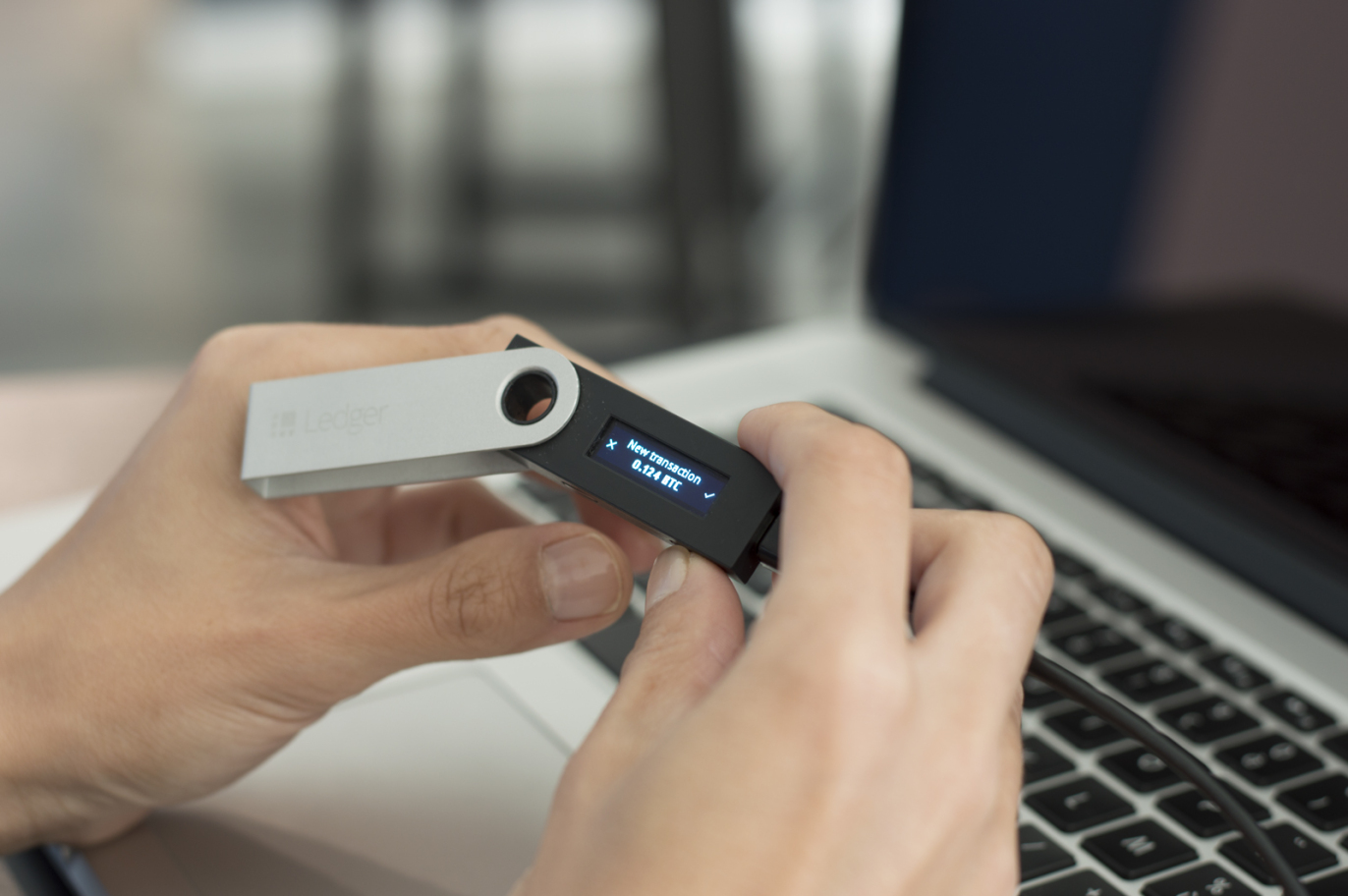
Ledger grabs $7 million for its cryptocurrency hardware wallets
By Romain Dillet for Techcrunch.com
Things are going incredibly well for Ledger these days. People find bitcoins, ethers and other cryptocurrencies exciting again. And the French startup just raised a $7 million Series A round to make hardware security devices ubiquitous.
MAIF Avenir, XAnge, Wicklow Capital, GDTRE, Libertus Capital, Digital Currency Group, The Whittemore Collection, Kima Ventures, BHB Network and Nicolas Pinto participated in today’s funding round.
If you’ve been following cryptocurrencies for a while, you know that you shouldn’t trust bitcoin and ethereum startups that centralize everything. There have been many hacks, there will be more hacks. And you don’t want to trust some startup’s security team when you can do it yourself.
Sure, you can run your own bitcoin wallet on your computer. But hackers could still access your computer and your bitcoin wallet, so it’s still a point of failure.
Ledger makes hardware wallets for multiple currencies. These tiny devices have a secure element. You might not even realize it, but your smartphone also has a secure element to handle fingerprint readers or NFC payments, such as Apple Pay or Android Pay.
Ledger runs some tasks directly on the secure element, making it much more secure than running an app on your phone or your computer exclusively. This way, you can easily protect your bitcoins without a lot of security knowledge. Nobody can access the private keys on the device. And the device constantly checks the integrity of the firmware.
The company also makes sure that nobody can compromise the device during the manufacturing process. “When we manufacture the devices, all chips receive a Ledger certificate,” co-founder and CEO Eric Larchevêque told me. “When the device boots up, the computer sends a security challenge and the device answers.”
The Ledger Nano S is the company’s most popular device. It’s the size of a USB key and has a tiny display. After initiating a transaction from your computer, you’ll have to confirm the transaction on the device itself and enter your PIN code. This way, even if your computer has been compromised, the transaction order won’t go through on the device and you won’t be able to confirm the transaction.
The company also makes a high-end device with a built-in touch screen called the Ledger Blue. The Ledger Nano S costs around €70 while the Blue costs €275.
Ledger has sold more than 50,000 wallets so far, and the last few months have beat the company’s expectations by a wide margin. But cryptocurrency wallets are just the first step.
By running a secure operating system on a secure element, there are other potential applications. For instance, Ledger could sell chips so that companies working in sensitive industries can make sure their servers weren’t compromised. You can imagine hedge funds and financial institutions using Ledger products. Energy suppliers could also use Ledger’s technology to make sure that the consumption level is legit. That’s why the company is raising money to go beyond hardware wallets and find those industrial clients.







